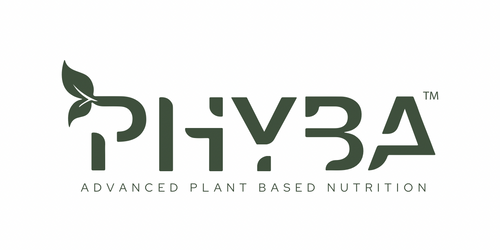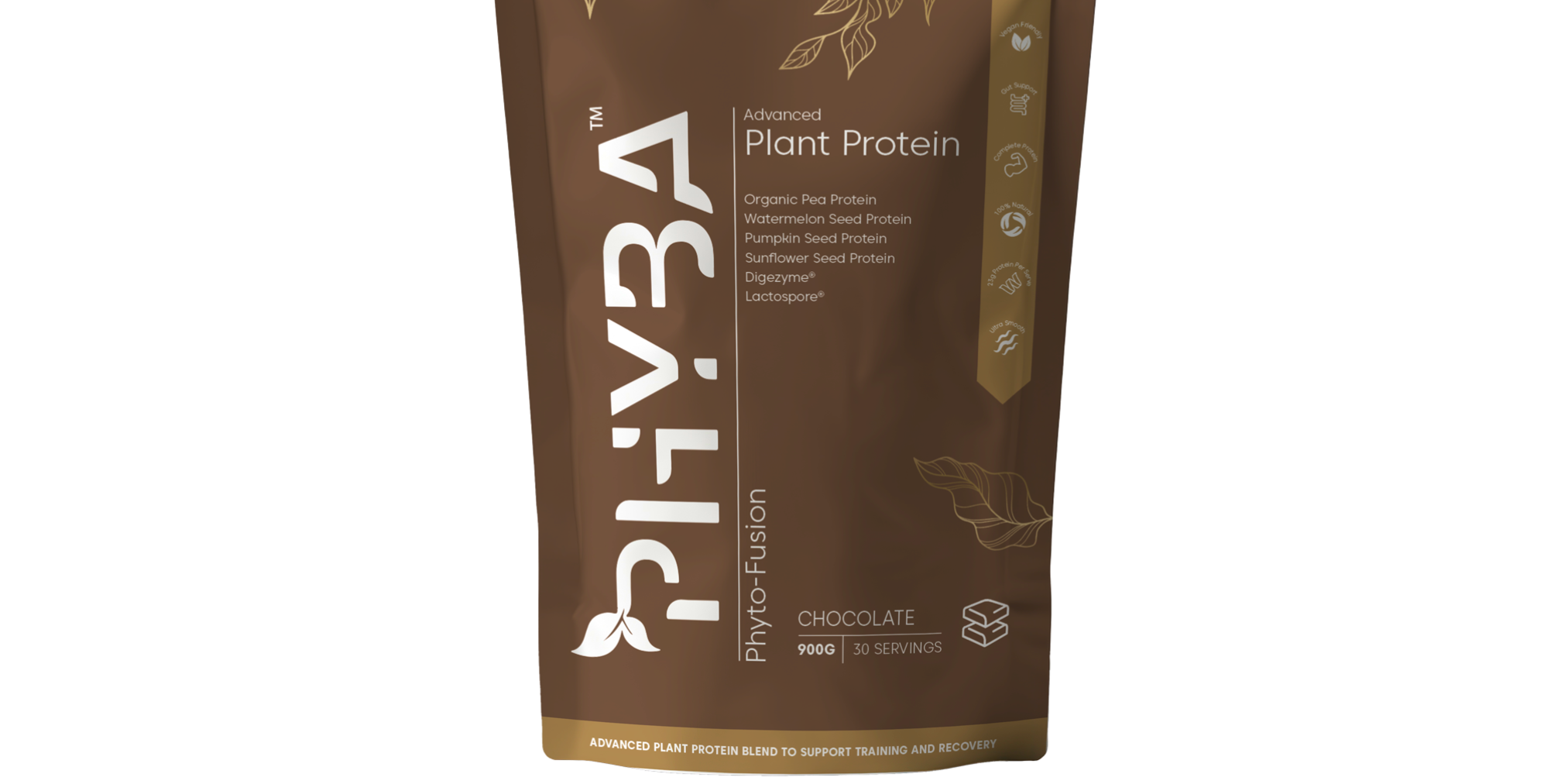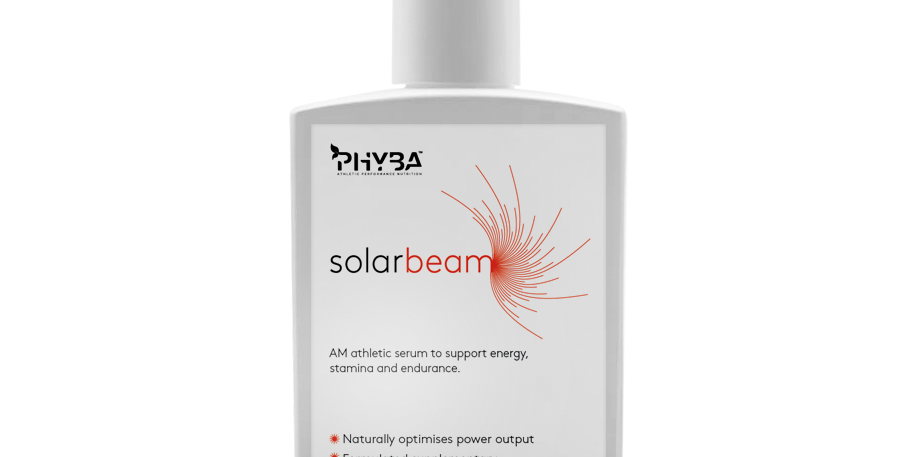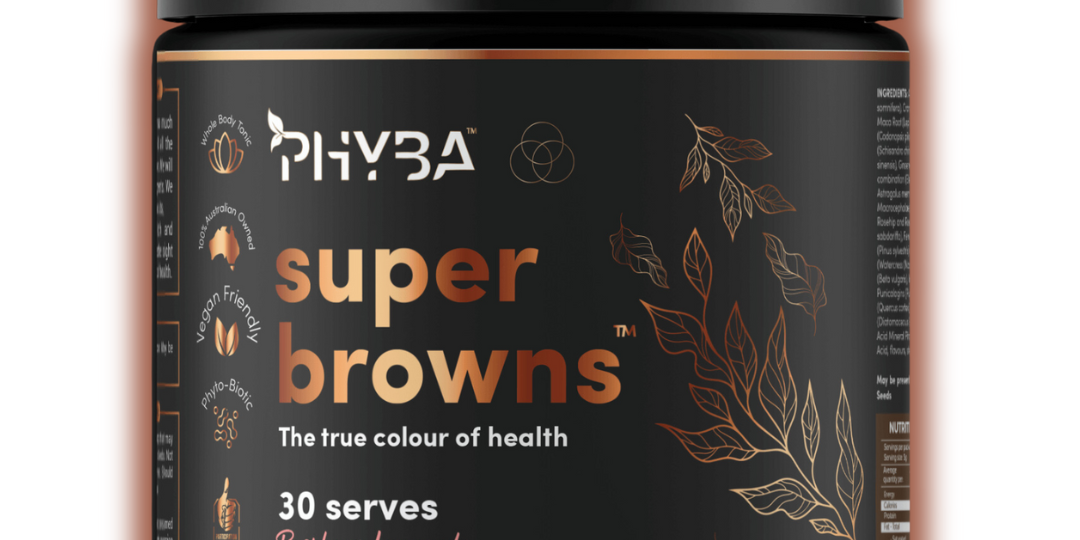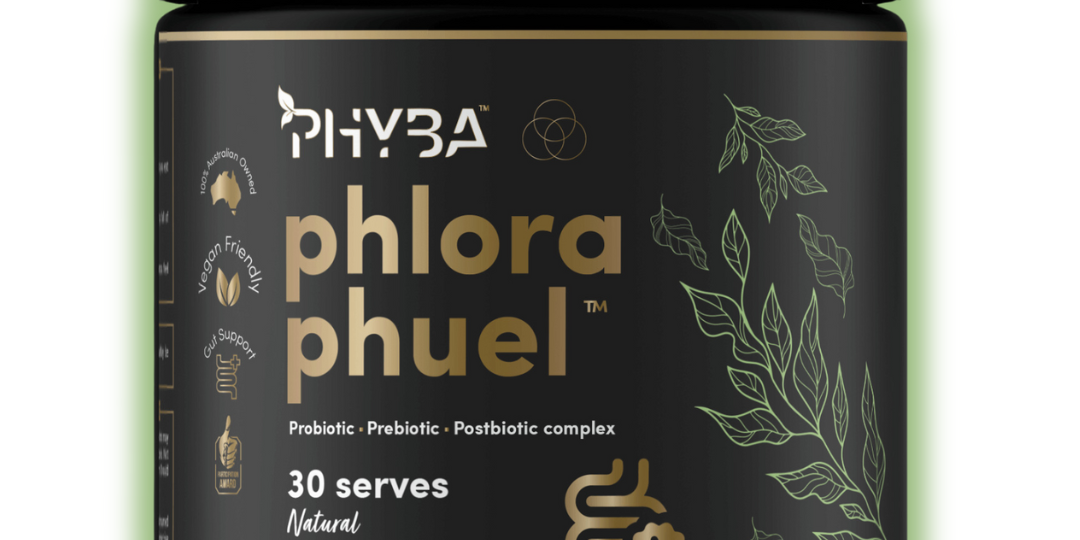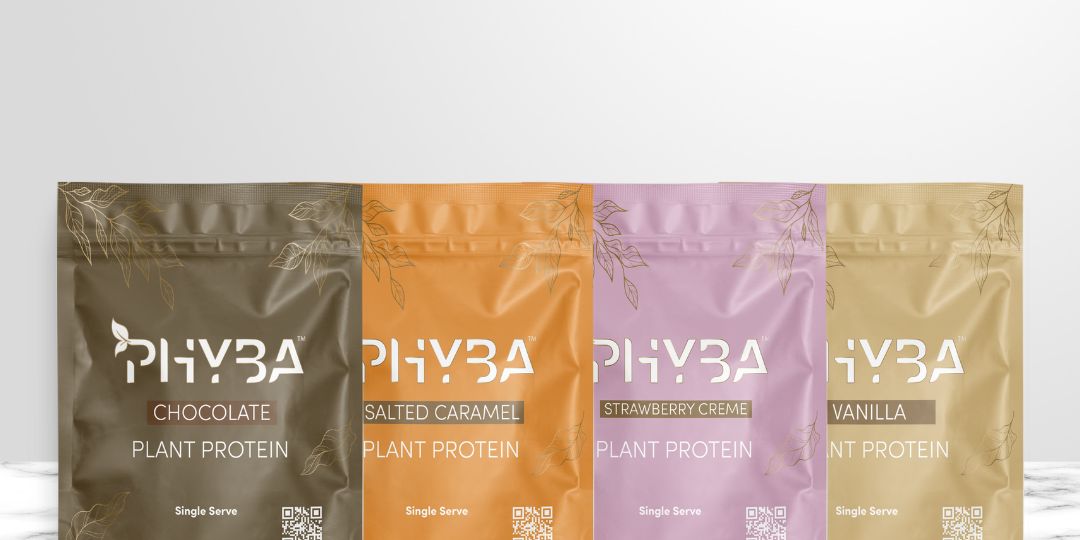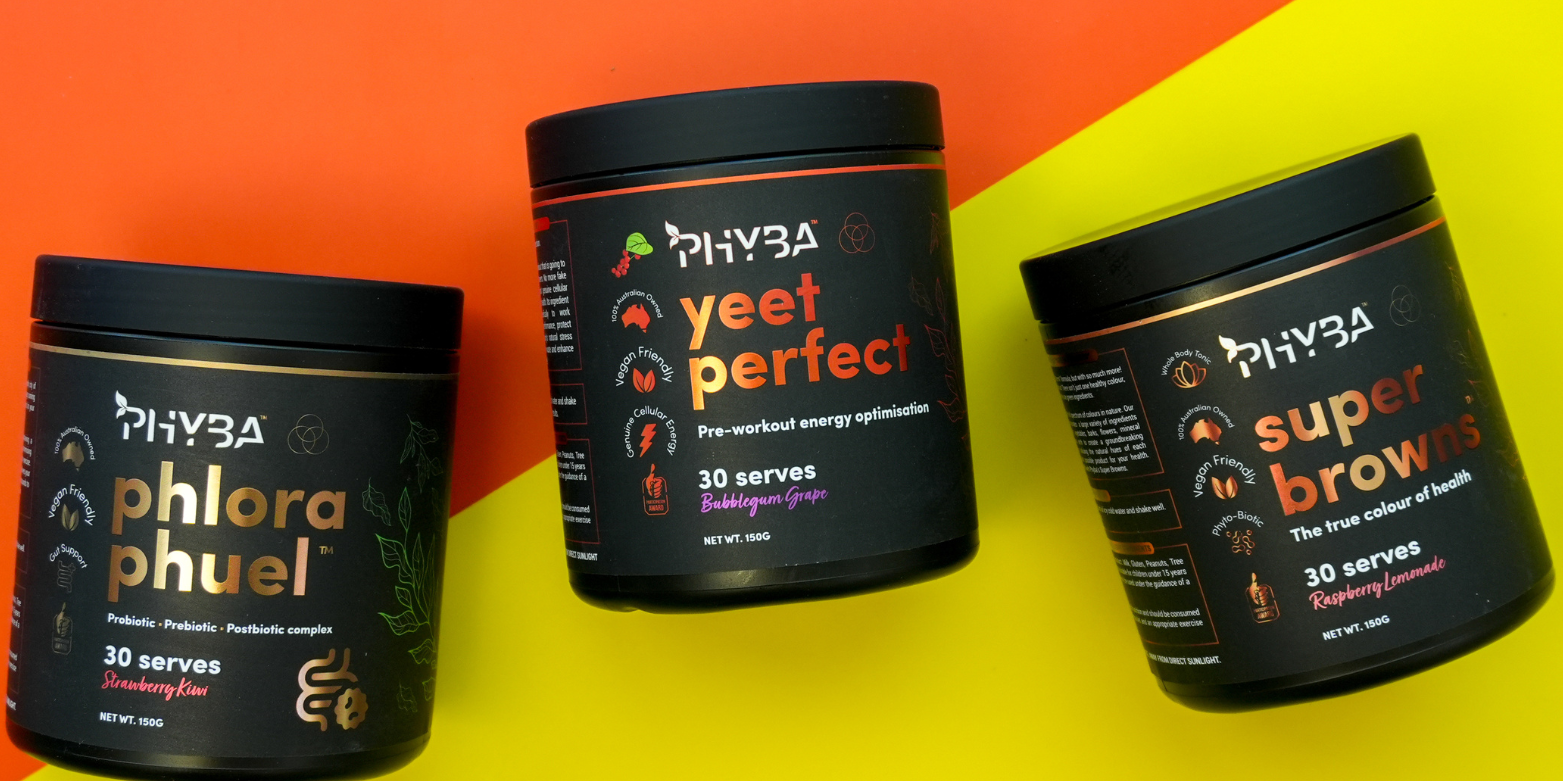In the world of Hyrox – a gruelling race of running and functional workouts – fatigue is the enemy. Those burning legs during sled pushes and the heavy arms in wall balls can slow even the fittest athlete. Fortunately, science offers some help. Two supplements, beta‑alanine and sodium bicarbonate (baking soda), have proven fatigue-fighting properties that can help Hyrox and other endurance athletes push harder for longer. In this article, we’ll break down what each supplement does, how they work to delay fatigue, how they differ, and how to use them for peak performance on race day. Let’s dive in so you can buffer the burn and finish your next Hyrox strong.
Beta‑Alanine: Building an Intramuscular Buffer
What it is: Beta-alanine is a non-essential amino acid and a popular supplement for athletes looking to boost high-intensity endurance. Once ingested, beta-alanine enters muscle cells and combines with another amino acid (histidine) to form carnosine, a molecule that acts as a buffer against acid build-up in muscle tissue roxlyfe.com. Carnosine helps regulate muscle pH (acidity) during exercise; higher carnosine levels mean your muscles can neutralise more of the hydrogen ions produced during hard efforts, delaying the drop in pH that contributes to fatigue jissn.biomedcentral.com. In simpler terms, beta-alanine primes your muscles to soak up some of the burning acid, so you can keep contracting your muscles at a high intensity for longer before the burn forces you to slow down.
How it fights fatigue: During intense exercise (think sprinting or a hard sled push), your body relies on anaerobic metabolism which produces lactic acid and an excess of hydrogen ions (H+). This flood of H+ causes the familiar muscle “burn” and performance decline. Carnosine stored in the muscles binds to those H+ ions, buffering the acidity. By supplementing with beta-alanine, athletes can significantly increase muscle carnosine levels – studies show about a 40–80% increase after 4–10 weeks of use jissn.biomedcentral.com. With more carnosine available, your muscles become better at controlling acidity. Research has found that this translates into improved high-intensity performance, especially for efforts lasting from about 1 to 10 minutes roxlyfe.com. In practical terms, beta-alanine helps you squeeze out a few more reps or maintain a hard pace a bit longer before fatigue sets in. This could mean hanging on through those last few burpees or finishing the wall balls unbroken when others are hitting the wall.
Benefits for Hyrox athletes: A full Hyrox race typically lasts much longer than 10 minutes (often 50–90 minutes for individuals). However, Hyrox is essentially multiple high-intensity bouts stacked together: eight 1-km runs alternated with eight functional stations (like sled pushes, farmer’s carries, and burpee broad jumps). Each station is a short, intense effort where local muscle fatigue can become a limiting factor. Beta-alanine’s buffering effect can be a big help here. Even though the overall race is long, beta-alanine may aid your performance in those critical moments when your muscle acidity spikes – for example, during the heavy sled push or in the high-rep wall ball finale when your legs and shoulders are on fire. By elevating your muscle carnosine, beta-alanine could delay that burning fatigue in each station, helping you maintain power and form. As one Hyrox coach notes, beta-alanine has “been shown to enhance muscular endurance” and while Hyrox bouts are longer than classic 1–10 minute tests, it has minimal downsides and may still offer a benefit, potentially helping on a station like wall balls where muscles are pushed to their limit roxlyfe.com.
Using beta-alanine – dosing and timing: Unlike some supplements, beta-alanine is not something you take minutes before an event and feel an immediate boost; it needs to be taken consistently over time. The goal is to load your muscles with carnosine by taking beta-alanine daily. A typical effective dose is around 3–6 grams per day, spread out in smaller doses roxlyfe.com. For example, many athletes will take 1.5–2g in the morning, 1.5–2g at midday, and another 1.5–2g later, to total ~4–6g per day. Splitting the doses is important because high single doses can cause a harmless but annoying side effect called paresthesia – a tingling or prickling sensation on the skin roxlyfe.com. If you’ve ever felt your face or hands tingle after a pre-workout drink, that’s the beta-alanine. The tingling isn’t harmful roxlyfe.com, but most athletes avoid it by taking smaller doses (for instance, 1.5g at a time) or using sustained-release beta-alanine formulations.
To maximize carnosine stores, start supplementing beta-alanine at least 4–8 weeks before your Hyrox race. Research shows that about four weeks of daily use can raise muscle carnosine by ~40-60%, and 10 weeks can raise it by up to 80% jissn.biomedcentral.com. This isn’t an overnight change; you’re gradually building up your muscles’ buffering capacity. The good news is that once your carnosine is elevated, it remains for a while – if you stop supplementing, it takes over 2 months for levels to fall significantly jissn.biomedcentral.com. Thus, a well-timed loading cycle can carry you through a race season. On competition day, continue your routine: there’s no special “extra” beta-alanine dose needed right before the race (taking it right before won’t provide an immediate effect beyond perhaps a mental edge if you like the tingle). Just make sure you’ve been consistent in the lead-up. By race day, your muscles will be saturated and ready to buffer acid when you start pushing the pace.
Safety and side effects: Beta-alanine is considered very safe for healthy athletes. The primary side effect, as mentioned, is skin tingling at high doses roxlyfe.com. Some people also report slight flushing. These effects can be mitigated by splitting doses or taking beta-alanine with meals. There’s no stimulant effect – it’s not like caffeine, so it won’t make you jittery or alter your heart rate. Importantly, beta-alanine doesn’t give you energy; rather, it allows you to better endure high-intensity effort. As with any supplement, buy from reputable brands to ensure quality. If you’re an athlete who gets tested, beta-alanine is legal and not a banned substance (it’s just an amino acid), but always ensure any supplement is certified free of contaminants. All in all, beta-alanine is one of the most research-backed supplements for improving intense exercise capacity jissn.biomedcentral.com, and for Hyrox competitors looking for an edge in those muscle-taxing stations, it’s a proven tool in the arsenal.
Sodium Bicarbonate: Baking Soda as a Blood Buffer
What it is: Sodium bicarbonate is literally plain baking soda – the same powder you might use in your kitchen. It might sound odd as a “supplement,” but bicarbonate has a powerful effect on the body’s acid balance. In the context of exercise, sodium bicarbonate acts as an extracellular buffer, meaning it works in the bloodstream outside the muscle cells. Bicarbonate (HCO₃⁻) is a natural part of our blood’s pH regulation system. When you ingest extra bicarbonate, you temporarily make your blood more alkaline (higher pH). In exercise terms, this creates a condition where your blood can absorb and neutralize more of the acids produced by hard-working muscles. Essentially, baking soda preloading helps soak up the acid that spills out of muscles during intense exercise, keeping you going longer before fatigue hits.
How it fights fatigue: During high-intensity efforts, as we discussed, muscles produce excess hydrogen ions that cause acidity. While beta-alanine/carnosine buffers acid inside the muscle, bicarbonate works on the outside. When your muscle cells become too acidic, H+ ions start moving into the blood to be buffered by bicarbonate. By raising blood bicarbonate levels beforehand, you create a larger buffering capacity in the blood. This causes a faster efflux of H+ out of muscles – in fact, studies find that taking sodium bicarbonate often leads to higher blood lactate levels after exercise, indicating more acid was flushed out from the muscles into the blood chemistryworld.com. The result: less acid remains trapped in the muscle, so the muscle pH doesn’t drop as quickly, delaying the onset of fatigue chemistryworld.com. In short, sodium bicarbonate is like an acid sponge in your bloodstream – it picks up some of the metabolic acid and converts it to carbon dioxide (which you exhale) chemistryworld.com. This helps reduce that burning sensation and performance decline, allowing you to sustain a high intensity a bit longer. Athletes often report being able to push through a few more reps or maintain their sprint speed for additional seconds when properly buffered with bicarbonate.
Prolonging performance in Hyrox: Sodium bicarbonate has historically been favored by track athletes (think 400m, 800m runners, swimmers, rowers) for events lasting about 1 to 15 minutes, where it has the most evidence for improving performance chemistryworld.com. A Hyrox race, as an hour-long grind, isn’t an obvious match at first glance. But consider the race’s structure: repeated bursts of near-max effort separated by running. These repeated high-intensity bouts can cause substantial acid build-up, especially in later stations when fatigue sets in. Sodium bicarbonate can shine in this scenario by helping you recover faster between stations and maintain higher intensity throughout. For example, after a brutal sled push, an athlete with elevated bicarbonate might more quickly buffer the accumulated acid, allowing them to hit the subsequent run or rower station at a better pace than they otherwise could. Even though Hyrox is longer in duration, its stop-and-go intensity means bicarbonate’s effective window (those few minutes of very hard effort) comes into play multiple times during the race. Top endurance athletes have taken note: some elite long-distance runners and cyclists use bicarbonate in events with intermittent surges, not just sprinters chemistryworld.com. In Hyrox, bicarbonate could help delay that heavy-legged feeling in the later laps and keep your muscles firing when others are fading. It essentially raises your fatigue threshold during each intense segment.
Using sodium bicarbonate – dosing and timing: Unlike beta-alanine, which you load over weeks, sodium bicarbonate is used as an acute, pre-event strategy. The typical dosing guideline is around 0.2 to 0.3 grams per kilogram of body weight ais.gov.auchemistryworld.com. For a 70 kg athlete, this is roughly 14–21 grams of baking soda. Some protocols go up to 0.4–0.5 g/kg for maximal effect chemistryworld.com, but higher doses bring a greater risk of side effects (more on that soon). Practically, most athletes aim for ~0.3 g/kg. This bicarbonate dose is usually taken about 60–90 minutes before the start of exercise, because blood bicarbonate levels tend to peak 1–2 hours after ingestion chemistryworld.com. You want your blood buffering capacity to be at its highest when you begin your race.
There are a few methods to take it: the simplest is dissolving baking soda powder in water and drinking it, but many find the taste extremely salty and unpleasant ais.gov.au. A more palatable approach is to use capsules or tablets. Baking soda capsules (sold as “sodium bicarbonate” pills) allow you to swallow the powder without tasting it. Whether powder or capsules, how you ingest it matters a lot for comfort and effectiveness. Experts recommend a split-dose protocol to reduce the chance of stomach upset ais.gov.au. For example, if you need 20g total, you might take 5g every 15 minutes over an hour, instead of all at once. It’s also advised to ingest bicarbonate with some food and plenty of water ais.gov.au. Consuming it alongside a carbohydrate-rich snack or meal about 2 hours pre-race can help, as the presence of food seems to ease gastrointestinal (GI) tolerance. One proven strategy is to start taking bicarbonate ~2–2.5 hours before your event, spread the doses over 30–60 minutes, and finish at least 60–90 minutes before the start. This way, by the time you’re warming up, the bicarbonate is absorbed and your blood pH is elevated.
Risks and side effects: Sodium bicarbonate’s benefits come with a big caveat – GI side effects can be common if you’re not careful. Taking a large amount of baking soda can cause symptoms like stomach cramping, nausea, bloating, gas, and diarrhea in some individuals. In fact, some athletes joke about “bicarbonate bombs” for those who experience urgent trips to the bathroom after dosing incorrectly. Studies and anecdotal reports indicate that a significant portion of athletes feel at least some GI discomfort with bicarbonate, but the incidence varies widely (some sources say anywhere from 20% up to 50% might experience issues, depending on dose and protocol). The good news is that using the right protocol drastically lowers the risk. By spreading out the intake and consuming it with food, many athletes get minimal to no discomfort ais.gov.au. Additionally, newer products have come to market to address this issue: for example, some companies offer enteric-coated bicarbonate capsules (which dissolve in the intestine, not the stomach) ais.gov.au, and a sports nutrition company even developed a bicarbonate hydrogel system that significantly reduces GI problems by controlling the release of bicarbonateais.gov.au. These can be options if you find the standard methods hard to tolerate.
Beyond the stomach, remember that sodium bicarbonate is, well, sodium. A typical dose (20g) contains over 5 grams of sodium, which is a lot. This will make you thirsty and can temporarily increase your blood volume ais.gov.au, so be sure to hydrate well around your dosing. For most healthy athletes, the extra sodium isn’t dangerous (it might even help with hydration as suggested by some research ais.gov.au), but if you have any issues with hypertension or salt sensitivity, use caution and consult a professional. Most importantly, practice in training first. Never try bicarbonate for the first time on race day. Test it during a tough workout to see how your body reacts. With some experimentation, you can fine-tune the dose or timing that your stomach handles best. When used correctly, sodium bicarbonate is acknowledged as a potent, legal ergogenic aid – even the International Olympic Committee lists it among a handful of supplements proven to enhance performance in elite athletesais.gov.au. Just plan and prep so that you reap the benefits without any unwanted pit stops.
Beta‑Alanine vs. Sodium Bicarbonate: Different Paths to the Same Goal
Both beta-alanine and sodium bicarbonate help you resist fatigue in high-intensity exercise, but they operate in different spaces and timescales. Understanding their differences will help you decide how to use them together for maximum performance:
-
Inside Muscle vs. In the Blood: Beta-alanine works inside your muscle cells by boosting intramuscular carnosine, directly buffering the acid right where it’s produced. Sodium bicarbonate works in the bloodstream, buffering acid after it diffuses out of muscle cells. Think of beta-alanine as strengthening your muscles’ internal defense, while bicarbonate provides backup outside the muscle. They essentially target the same problem (excess H+ ions) from two angles – which is why they can complement each other nicely.
-
Chronic loading vs. Acute dosing: Beta-alanine requires a long-term commitment. You take it every day, and over weeks your muscles adapt to have higher carnosine levels. Its effects are chronic – always there once you’re loaded. Missing a single day isn’t critical once saturated, and you don’t need to time beta-alanine around your workouts for it to work (although consistency daily is key). In contrast, sodium bicarbonate is an acute strategy. It works only for a few hours after you take it. You have to time the intake to coincide with your event. There’s no benefit to taking baking soda on a daily basis in low doses, because it doesn’t load in muscles the way beta-alanine does – you need that big dose to raise blood pH temporarily.
-
Performance profile: Both supplements primarily improve performance in high-intensity, anaerobic conditions, but beta-alanine tends to show benefits in efforts of 1–10 minutes continuous duration (or repeated sprints), while bicarbonate is classic for all-out efforts of ~30 seconds up to around 10 minutes and repeated high-power burstsroxlyfe.comchemistryworld.com. The overlap is obvious in the middle, but for very short, repeated sprint bouts (like a series of 30-second efforts with short rest), bicarbonate might have a more immediate impact, whereas beta-alanine is more about enhancing sustained high-power output and delaying neuromuscular fatigue. Interestingly, Hyrox combines sustained effort with repeated bursts, meaning both supplements hit a part of its demands.
-
Different side effects: Beta-alanine’s tingling vs. bicarbonate’s GI distress – they couldn’t be more different. The beta-alanine paresthesia is mostly an inconvenience and easy to manage by dose controlroxlyfe.com. Bicarbonate’s gastric challenges are more significant and must be carefully managed with dosing strategiesais.gov.au. Neither supplement is harmful when used properly, but user experience and tolerance can vary widely.
-
Complementary use: Because they work in different compartments (muscle vs blood), beta-alanine and bicarbonate can be combined for potentially greater effect. In fact, some studies have looked at using them together. There is evidence that the combination yields additive benefits – one review found that while each alone provided modest improvements, taking beta-alanine and bicarbonate together led to a clearer performance boost than either supplement by itselffisiologiadelejercicio.com. For a Hyrox athlete, this could mean better buffering throughout the body: carnosine inside your muscles and bicarbonate in your blood, both helping to dispose of fatigue-causing acids. If you choose to use both, just be sure you’ve incorporated each one properly (i.e. beta-alanine loaded well in advance, and bicarbonate tested and timed right on the day). There’s no negative interaction between the two; in fact, they reinforce one another’s goal of keeping you going harder for longer.
In summary, beta-alanine and sodium bicarbonate are two different tools aiming to solve the same problem. Beta-alanine fortifies your muscles’ own capacity to fight fatigue over weeks of training, while bicarbonate is a strategic boost from outside on race day. Used together smartly, they can significantly raise your anaerobic threshold and help you power through the most demanding parts of a Hyrox competition.
Peak Performance Game Plan: Dosing Strategies and Race-Day Protocol
Knowing the science is great, but what should you actually do in training and on race day to get the benefits of these supplements? Here we’ll outline the best dosing strategies for each and then provide a sample Hyrox competition day protocol combining beta-alanine and sodium bicarbonate:
-
Beta-Alanine Strategy: Start supplementation well ahead of your event. Give yourself at least 4 weeks (8–12 weeks ideal) before a Hyrox race to load beta-alanine. Take 3–6 grams dailyroxlyfe.com, split into smaller doses (e.g. 1.5g x 4 times a day, or 2g three times a day). You can take beta-alanine at any time – some do morning, noon, and night; others mix it into protein shakes or pre-workout drinks. What matters is the total daily intake. Be consistent every day, training or rest days alike. If you experience tingling, reduce the individual dose amount (you can even go as low as 0.8–1g at a time and just take more frequent doses). Over the weeks, your muscles’ carnosine levels will rise and you’ll likely notice during hard workouts that you can push the “burn threshold” a bit further. There’s no need to cycle off unless you’re taking a break from hard training; many athletes keep a maintenance dose (~3g/day) even in off-season to keep carnosine levels up. Always remember: beta-alanine is not a quick fix, but a gradual enhancer. Plan its use like you plan a training block.
-
Sodium Bicarbonate Strategy: Practice, personalize, and plan – these are the keys for bicarb. Several weeks out from your race, on a tough training day (for example, a simulated Hyrox workout or a series of intervals), practice a bicarbonate protocol. Start with a conservative dose, say 0.2 g/kg, to test tolerance. Note how you feel during the workout and whether you experience any GI upset afterward. In subsequent sessions, you can try increasing to 0.3 g/kg or adjust timing to find what works best for you. Some athletes find success taking the whole dose 90 minutes pre-workout, others prefer splitting it over an hour. Use these trial runs to answer questions like: Does my stomach handle 20g at once? Do I feel better spreading it out? How long before exercise do I peak? Once you’ve dialed in a protocol that you tolerate well, stick with that plan for race day. Typically, you’ll aim for the full ~0.3 g/kg dose (if tolerated) before the race, since that’s shown to give the best performance gainschemistryworld.com. Make sure to also plan your meals and fluids around it – you might take it with your pre-race breakfast or a snack, and chase each dose with plenty of water. Preparing in this way ensures that on competition day, the bicarbonate is an advantage, not a surprise.
Sample Hyrox Race Day Supplement Protocol
To tie everything together, here’s an example of how a Hyrox athlete could implement beta-alanine and sodium bicarbonate on race day for a competition with a 10:00 AM start time:
-
4–8 Weeks Before Race Day: Begin daily beta-alanine supplementation. For instance, take 1.6 grams four times per day (total ~6.4g) or 2 grams three times per day (6g). Maintain this every day leading up to the event to maximize muscle carnosine stores.roxlyfe.com If you haven’t used beta-alanine before, expect some mild tingles initially; adjust dose timing if needed.roxlyfe.com By the end of this period, your muscles will be well-buffered and ready.
-
Race Morning (7:00 AM): Eat your normal pre-race breakfast, including carbohydrates and some protein – for example, oatmeal with a banana and a bit of whey protein. Include your usual beta-alanine dose with breakfast (e.g. 1.5–2g) as part of your daily routine. There’s no special loading needed on the day, just don’t forget to take it. A solid breakfast not only fuels your race but also provides a base in your stomach to help with bicarbonate absorption later. Hydrate well this morning, sipping water or an electrolyte drink.
-
T–2 Hours (8:00 AM): Begin your sodium bicarbonate protocol about two hours before the start. Assuming you’ve decided on ~0.3 g/kg and you weigh 70 kg, that’s about 21g of baking soda total. You’ve practiced this in training, so follow the method that worked best for you. One approach: dissolve ~5g of bicarbonate in a glass of water or sports drink and drink it every 15 minutes from 8:00 to 8:45 AM to spread the intake. Another approach is taking bicarbonate capsules – e.g., 3 capsules of ~1 gram each every 10 minutes with plenty of water until you reach the full dose. Swallow each portion with some additional fluid and keep moving around lightly (sometimes a gentle warm-up like walking can help things settle). By spreading out the intake, you reduce the chance of any stomach issuesais.gov.au. The light snack from breakfast will also aid in comfort. Do not exceed your practiced dose and timing – race day is not the time to experiment with more.
-
T–1 Hour (9:00 AM): Aim to finish the bicarbonate dose by around one hour before race time. By now, you’ve ingested the full ~21g. In the next 60 minutes, your blood bicarbonate will be peaking. If you feel a bit full or belchy, that’s okay – it should pass. Avoid any heavy eating at this point; stick to water or a sports drink if you need a few sips. Around T–60 to T–45 minutes, begin your normal warm-up routine. This helps get your digestion moving and also takes your mind off any slight stomach sensations. Many athletes report that once they start warming up and the adrenaline kicks in, any mild GI discomfort from bicarb fades away. During your warm-up, you might notice you feel a tad more “pumped” or have to burp – signs that the bicarb is doing its thing. Make a last bathroom stop if needed (better now than during the race).
-
Race Start (10:00 AM): You toe the line with your muscles loaded with carnosine from weeks of beta-alanine use and your bloodstream primed with extra bicarbonate. Both systems are ready to buffer the fatigue toxins about to flood your body. As the race unfolds, you should be able to maintain a strong pace and power output, especially in those later stations when competitors often hit the wall. The beta-alanine will help your muscles themselves resist the burn longer, and the bicarbonate will help clear the acid between stations, so you can attack each run and workout with more vigor. Psychologically, you know you’ve given yourself every advantage to combat fatigue – a big confidence boost.
-
Post-Race: After the finish, continue hydrating. Some athletes like to drink a bit of water with a squeeze of lemon or a sports drink to help normalize the slight alkalosis from the bicarbonate (your body will naturally handle it over time). Congratulate yourself on executing a smart supplement plan. Over the next few hours, the excess bicarbonate will be flushed out through breathing and urine, and your body will return to its usual balance. The beta-alanine you’ll continue as needed for future training cycles.
By following a protocol like the above, you are taking a professional, evidence-based approach to supplementation. You’ve addressed fatigue on two fronts – inside the muscle and in the blood – and done so in a way that is tailored to the demands of Hyrox racing. Remember that individual responses do vary: some athletes might feel a huge difference, others a subtle one. But even a small performance improvement (say 2–3% from either supplement) can be the difference between a podium finish and an average resultais.gov.auchemistryworld.com. At the elite level, these margins matter, and even for recreational competitors, it can mean a PR and a much better experience on race day.
Final Thoughts
Both beta-alanine and sodium bicarbonate bring a dose of hard science to your training toolkit, helping you fight fatigue when it matters most. Beta-alanine strengthens your ability to sustain high-intensity efforts by building up your muscles’ own buffering reserves. Sodium bicarbonate provides an external boost, buffering the lactic acid that builds up when you’re red-lining through a tough sled push or an all-out sprint. Each supplement on its own can prolong performance, and when used together they form a powerful combo to keep fatigue at bay.
For Hyrox athletes – who need the endurance of a runner and the power of a sprinter – these supplements align perfectly with the race’s hybrid nature. They allow you to maintain speed in the runs, power through the workout stations, and finish strong with less slowdown from muscle burn. Importantly, they are legal and safe when used properly, backed by solid research and used by many serious competitors in various sports.
However, they are not magic. You still need to put in the hours of training, optimize your nutrition, and sharpen your mental game. Think of beta-alanine and bicarbonate as giving you that extra edge on top of an already sound training program. When you’re deep into the race, lungs heaving and legs screaming, that extra edge can feel like a superpower – letting you hang on to your pace or grind out those final reps when others are forced to stop.
In the end, conquering Hyrox is about pushing your limits. By incorporating these fatigue-fighting strategies, you’re effectively raising those limits, even if only by a few percent. For a dedicated athlete, that’s huge. So, if you’re looking to shave minutes off your Hyrox time or simply make the experience less punishing, consider giving beta-alanine and baking soda a try in your regimen. Used smartly, they’ll help you buffer the burn, delay the fatigue, and unleash your full potential on race day. Here’s to powering through the pain and achieving your personal best! 💪🏁
